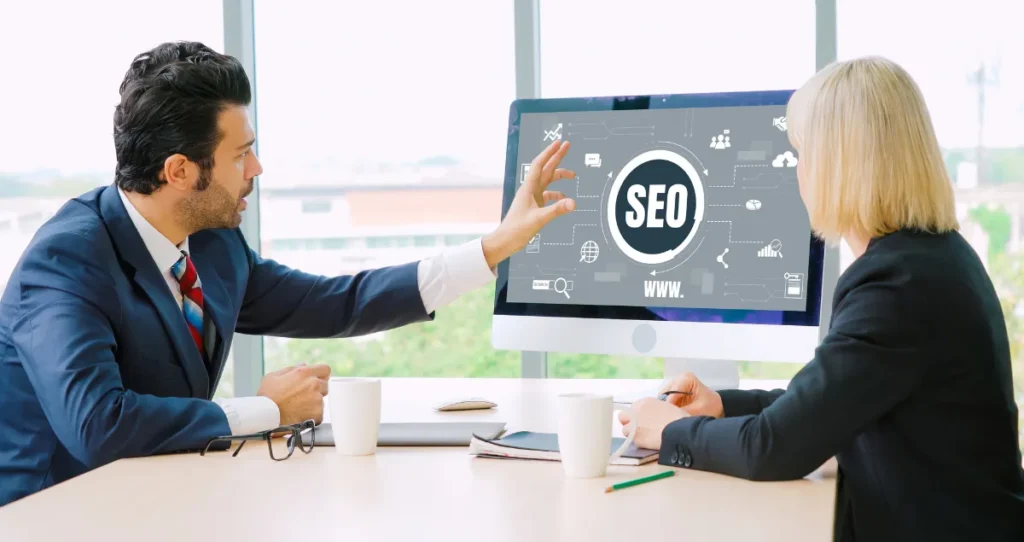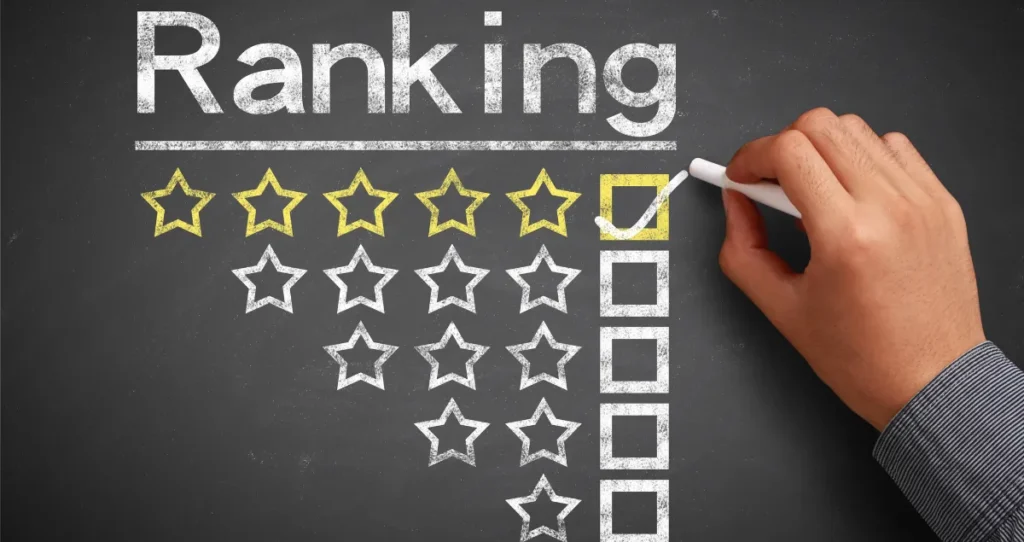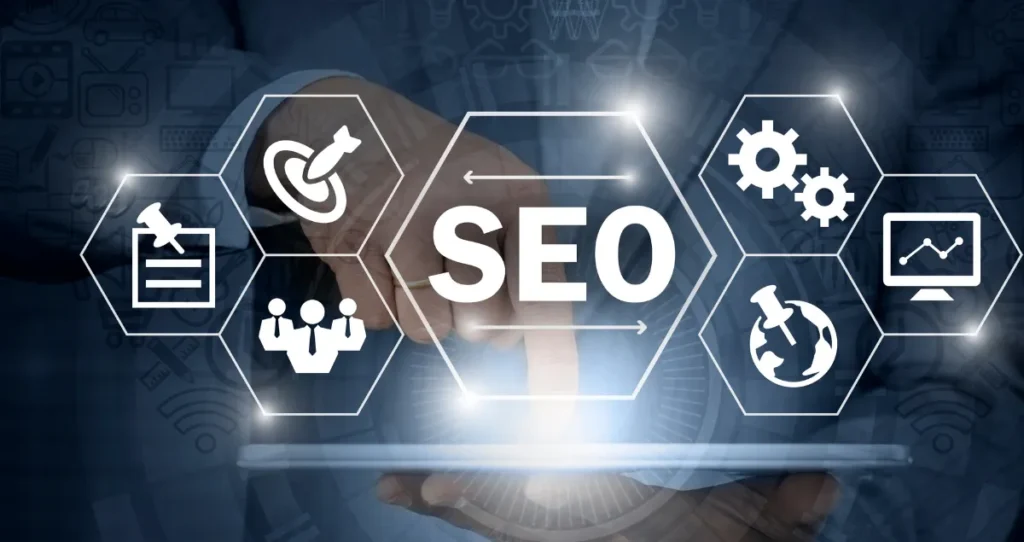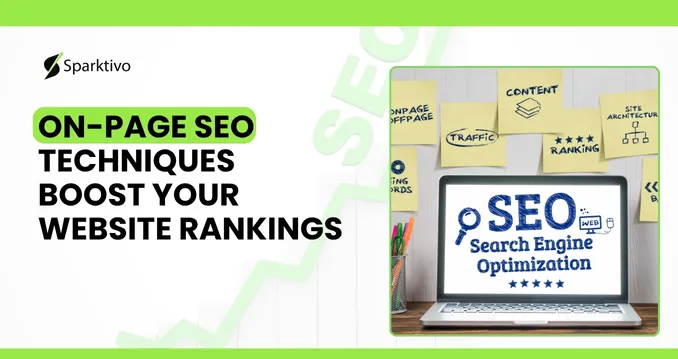On-Page SEO Techniques: Boost Your Website Rankings
Contemporary online conditions require a highly optimized site that is both visually appealing and recognizable to the target audience. On-page SEO techniques play a crucial role in ensuring your website performs well in search engine results. Such techniques are designed to optimize the variables hosted on your site, thereby improving and advancing the site’s rankings and enhancing the user experience. Employ realistic on-site factors, and you can be confident of ranking at the top of the search engines.
Why On-Page SEO Matters

On-page search engine optimization is the method applied to optimize individual web pages, commonly referred to as page-by-page search engine optimization. Complex algorithms used by search engines, such as Google, are employed to rank a given website. On-page SEO techniques help you meet these algorithmic requirements while providing valuable content to your users.
On-page SEO is too important a feature to downplay. It is that upon which the success of any site lies. This on-page element can entail streamlining your content, ensuring your site is mobile-friendly, or even organizing your URLs, all of which will influence the ranking of your site. It can be achieved even in the absence of the finest content if other on-page optimization is not entirely fulfilled.
Key On-Page SEO Techniques to Boost Your Website Rankings

To achieve the best results, it’s essential to implement several key on-page SEO techniques. Let’s take a closer look at some of the most effective practices.
1. Keyword Optimization
Keyword optimization is one of the most critical on-page SEO techniques. It involves identifying keywords that your audience will use to search for your content. Start by keyword research — what do people type to search for the topics that are relevant to your business?
After identifying your target keywords, you must then add them in strategic positions. This is achieved by incorporating them into your titles, meta descriptions, headings, and including them in your content. And the semantic keywords and LSI (Latent Semantic Indexing) keywords that apply to your primary keyword specifically are not to be forgotten as well. This helps search engines better understand content and improve ranking predictions.
Additionally, avoid keyword stuffing, as it can negatively impact your rating. Instead, create a natural flow of words that adds value to your readers.
2. Optimizing Title Tags
Search engines and their users are among the first to see what is on a webpage, specifically the title tag. The title tag can be the magic element in boosting your CTR and listing. You are also expected to use your target word in the title tag and aim for a title of 60 characters, as this will ensure the title appears correctly in search engine results at all times.
A catchy and descriptive title must be developed as part of on-page SEO. No generic titles must exist so that they attract something people can see. For example, instead of using “SEO Tips,” try something like “Top 10 On-Page SEO Techniques for 2023 to Boost Your Rankings.” This headline is more specific, compelling, and streamlined.
3. Writing Compelling Meta Descriptions
Meta descriptions are brief passages of text that appear below the title in the search results. They form one of the determining factors as to whether users will click on your link or not. A meta description is well-prepared so as not only to tell users what your page comprises, but also serves as a call-to-action.
To create an effective meta description, include your focus keyword naturally and within a range of 150-160 characters. Make it descriptive, persuasive, and clearly state the value of the content on the page. It must provide an incentive for the reader to click on the data to learn more about what you are offering.
4. URL Structure
A friendly URL is not only a requirement for improving page rankings. What defines an SEO-friendly URL is that it is succinct, explanatory, and readable. The URL should be short and uncomplicated, as it must include only the desired digits and characters. Instead, obtain a URL that is easy to understand and provides a clear understanding of the page’s content.
For example, if your page focuses on on-page SEO techniques, a perfect URL would be as follows: https://sparktivo.com/advanced-on-page-seo-techniques/. This URL is concise, easy to remember, and includes the target keyword.
5. Internal Linking
Internal linking is one of the most effective SEO on-page strategies that can help your website’s structure. You also link the page to another one on your site. This is what causes search engines to detect and include the new item. Internal links can also give users a good user experience by guiding them through relevant content.
If you use internal links, ensure that the anchor texts are topical and make sense within the article environment where these links are duplicated. It should not be done exceptionally, but rather ensure that it is made to connect to high-quality, related pages that add value to the reader. And, as an example, speaking about on-page techniques, you can add a link to such an article as How to Use Structured Data for SEO to provide viewers with more detailed information about SEO.
6. Content Optimization
The production of high-quality, optimized content is the most crucial aspect of on-page SEO. Write something informative, well-organized, and acceptable to the target audience. First, it is to write informative articles that explain a topic in detail and respond to the specific needs of your users.
Use headings and subheadings to break up large amounts of text, making it more readable. This helps the search engine index, and the content also benefits searchers. Rich media, such as images, infographics, and videos, can enhance interest in your content and increase its chances of being shared.
7. Image SEO
One SEO aspect that is often overlooked is the use of images. By enhancing your visual picture experience, you can achieve shorter page loads and a better ranking. Begin by sending pictures as compressed files to reduce their size without compromising quality. Additionally, include the alt text that should be used to describe the image’s contents and add some relevant keywords.
As an example, when you have a picture that can describe the action in a sequence of an SEO process, the alternative text can be: Step-by-step on-page SEO strategies to lift the ranking of websites. This also improves your SEO, and the visually impaired can access the text.
Advanced On-Page SEO Techniques

Once you have mastered the basics, it’s time to dive into more advanced on-page techniques that will further enhance your SEO efforts.
1. Mobile Optimization
The mobile-first world requires that your site be optimized in such a way that it also improves your SEO for mobile devices. Google has transitioned to mobile-first indexing, which means that it ranks a site based on its mobile version. Your site would be losing valuable traffic if it were not mobile-friendly.
Ensure that your site is responsive, meaning it adapts easily to various screen sizes when viewed on different devices. Not only does this enhance the user experience, but it also improves your SEO.
2. Page Speed Optimization
One of the important ranking factors in the search engines is the speed of the pages. Slow page loading speeds can lead to a higher bounce rate and a decline in search engine rankings. Image optimization, caching, code minimization, and Content Delivery Networks (CDNs) are some ways to improve the speed of your pages.
Several tools are available to check your page speed. Google PageSpeed Insights is one of these tools, offering suggestions to speed up and make a page more friendly to search engines.
The Role of Structured Data and Schema Markup

To successfully optimize on-page, structured data and schema markup are necessary. The more schema markup on your Web pages, the more search engines can understand what you publish. This can result in rich snippets, which make it more attractive and can even lead to higher click-through rates.
Because structured data provides the opportunity to add more information to the context around your content, it may contain reviews, events, or product-related information. This renders your site’s search engine visible and may lead to improved rankings.
About Sparktivo
We are specialists in online status, which makes companies more competitive as a result of effective SEO. Our experts work diligently to ensure that they implement on-page search engine optimization techniques that yield tangible results. The first step of our work is researching keywords to optimize the content, which will benefit our clients by increasing their site’s visibility and attracting more visitors. Because it is a company that wants to consolidate its existing SEO efforts and establish a new business with limited background knowledge, Sparktivo is well-positioned to support you throughout the process.
Conclusion
Learning to apply on-page SEO knowledge is essential to improve your positions, attract the right audience, and generate sales. By streamlining the most critical aspects of keywords, title tags, URLs, and content, you will establish a strong foundation of SEO competencies. You can go the extra mile and learn advanced techniques such as mobile optimization and page speed enhancement. To create an integrated search engine optimization strategy, it is recommended to seek the services of Sparktivo, as they will implement these techniques and enhance the appearance of your site.
Getting to that next level with your SEO? Get in touch with us and begin the process of optimising your website to achieve better rankings and increased traffic!

